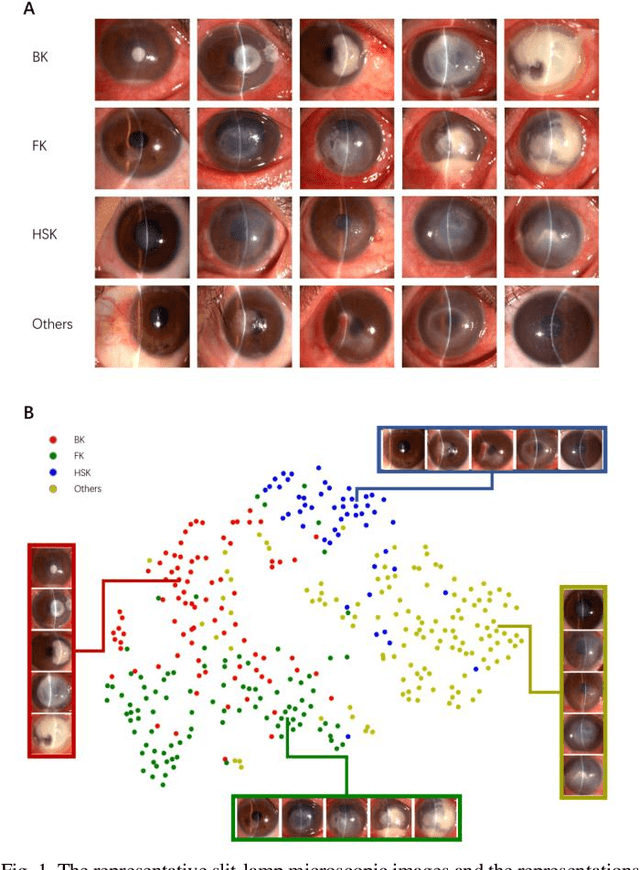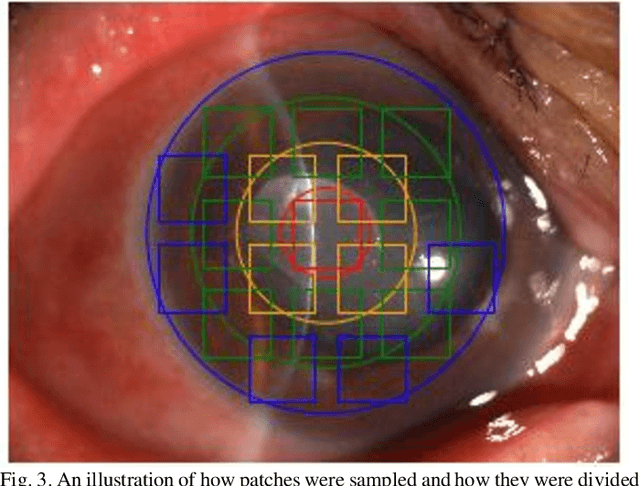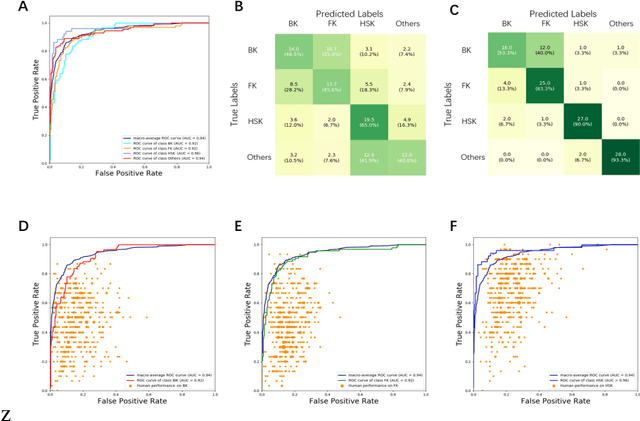Ming Kong
Distilling Multi-view Diffusion Models into 3D Generators
Apr 03, 2025Abstract:We introduce DD3G, a formulation that Distills a multi-view Diffusion model (MV-DM) into a 3D Generator using gaussian splatting. DD3G compresses and integrates extensive visual and spatial geometric knowledge from the MV-DM by simulating its ordinary differential equation (ODE) trajectory, ensuring the distilled generator generalizes better than those trained solely on 3D data. Unlike previous amortized optimization approaches, we align the MV-DM and 3D generator representation spaces to transfer the teacher's probabilistic flow to the student, thus avoiding inconsistencies in optimization objectives caused by probabilistic sampling. The introduction of probabilistic flow and the coupling of various attributes in 3D Gaussians introduce challenges in the generation process. To tackle this, we propose PEPD, a generator consisting of Pattern Extraction and Progressive Decoding phases, which enables efficient fusion of probabilistic flow and converts a single image into 3D Gaussians within 0.06 seconds. Furthermore, to reduce knowledge loss and overcome sparse-view supervision, we design a joint optimization objective that ensures the quality of generated samples through explicit supervision and implicit verification. Leveraging existing 2D generation models, we compile 120k high-quality RGBA images for distillation. Experiments on synthetic and public datasets demonstrate the effectiveness of our method. Our project is available at: https://qinbaigao.github.io/DD3G_project/
Probablistic Restoration with Adaptive Noise Sampling for 3D Human Pose Estimation
May 03, 2024



Abstract:The accuracy and robustness of 3D human pose estimation (HPE) are limited by 2D pose detection errors and 2D to 3D ill-posed challenges, which have drawn great attention to Multi-Hypothesis HPE research. Most existing MH-HPE methods are based on generative models, which are computationally expensive and difficult to train. In this study, we propose a Probabilistic Restoration 3D Human Pose Estimation framework (PRPose) that can be integrated with any lightweight single-hypothesis model. Specifically, PRPose employs a weakly supervised approach to fit the hidden probability distribution of the 2D-to-3D lifting process in the Single-Hypothesis HPE model and then reverse-map the distribution to the 2D pose input through an adaptive noise sampling strategy to generate reasonable multi-hypothesis samples effectively. Extensive experiments on 3D HPE benchmarks (Human3.6M and MPI-INF-3DHP) highlight the effectiveness and efficiency of PRPose. Code is available at: https://github.com/xzhouzeng/PRPose.
Deep Sequential Feature Learning in Clinical Image Classification of Infectious Keratitis
Jun 04, 2020



Abstract:Infectious keratitis is the most common entities of corneal diseases, in which pathogen grows in the cornea leading to inflammation and destruction of the corneal tissues. Infectious keratitis is a medical emergency, for which a rapid and accurate diagnosis is needed for speedy initiation of prompt and precise treatment to halt the disease progress and to limit the extent of corneal damage; otherwise it may develop sight-threatening and even eye-globe-threatening condition. In this paper, we propose a sequential-level deep learning model to effectively discriminate the distinction and subtlety of infectious corneal disease via the classification of clinical images. In this approach, we devise an appropriate mechanism to preserve the spatial structures of clinical images and disentangle the informative features for clinical image classification of infectious keratitis. In competition with 421 ophthalmologists, the performance of the proposed sequential-level deep model achieved 80.00% diagnostic accuracy, far better than the 49.27% diagnostic accuracy achieved by ophthalmologists over 120 test images.
 Add to Chrome
Add to Chrome Add to Firefox
Add to Firefox Add to Edge
Add to Edge